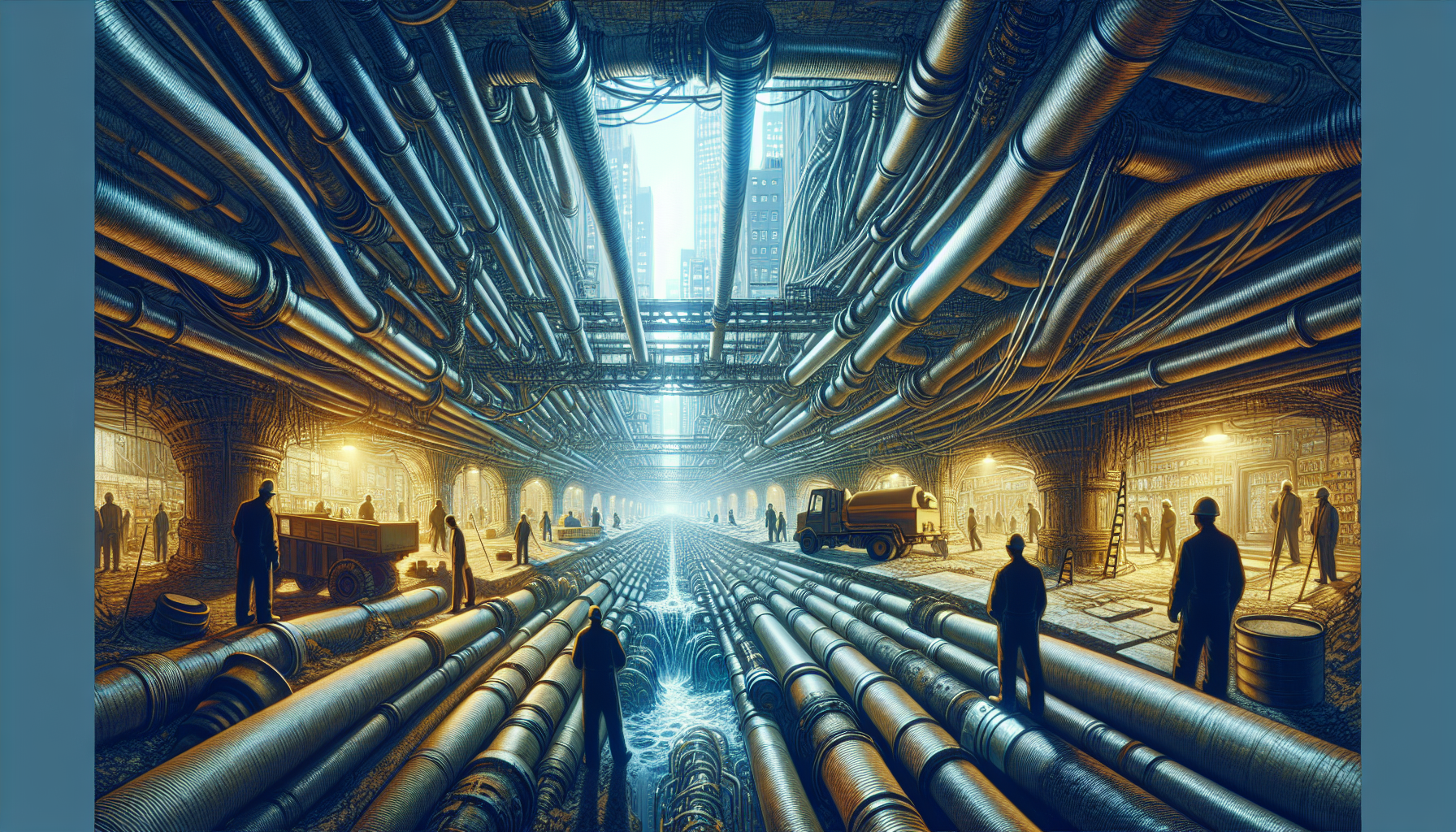
Spokane, located in the eastern part of Washington State, is a city rich with history and natural beauty. Beneath the urban landscape and the bustling city streets lies a less visible, yet equally vital component of the city’s infrastructure – its complex network of sewer lines. These subterranean passages are essential to the city’s daily operations, handling the waste and providing sanitation for Spokane’s residents and businesses.
The Evolution of Spokane’s Sewer SystemThe sewer system in Spokane has a storied past, evolving alongside the city’s growth. Early Spokane dealt with waste much like other burgeoning cities of its time, utilizing cesspools and rudimentary drainage systems. As the city expanded, the need for a more comprehensive and hygienic method became apparent. The early 20th century witnessed the construction of the modern sewer lines we know today, signifying a major step forward in public health and urban development.
The Symbiosis with the Spokane RiverSpokane’s sewer system isn’t just a network of pipes; it’s a part of the larger watershed that includes the iconic Spokane River. The design and maintenance of the sewer lines are critical in protecting the river’s ecosystem. Untreated waste can have a disastrous impact on local wildlife and public health. Spokane has made tremendous efforts in recent years to upgrade its treatment facilities and sewer infrastructure to ensure that the water returned to the river is clean and safe.
Technological Advances in Sewer MaintenanceKeeping Spokane’s sewer lines operational is no small feat. Advances in technology have played a significant role in the maintenance and repair of these underground conduits. Innovative methods such as remote cameras, trenchless pipe repair, and GIS mapping have enabled city workers to diagnose and address problems with greater speed and efficiency than ever before. These tech-based solutions minimize the need for intrusive excavations and reduce the overall environmental impact of maintenance work.
The Challenges of Aging InfrastructureLike many cities, Spokane faces the challenge of aging infrastructure. As sewer lines get older, they become more prone to issues such as cracks, blockages, and tree root intrusion. These problems can lead to sewer overflows, backups, and costly repairs. The city regularly inspects its sewer lines and prioritizes upgrades to ensure reliability and to prevent potential environmental hazards before they occur.
Public Education and the Future of Sewer LinesPublic education is an important component when it comes to maintaining a healthy sewer system. Spokane encourages its residents to be mindful of what they flush or pour down their drains. Items such as wet wipes, grease, and certain household chemicals can wreak havoc on the sewer lines, leading to blockages and overflows. Through community outreach and educational programs, the city aims to raise awareness about the importance of proper disposal methods to safeguard the sewer system’s integrity for future generations.
Conclusion: A Vital Component of Spokane’s Well-beingThe sewer lines of Spokane are more than just physical passageways beneath our feet; they are integral to the city’s overall health and sustainability. Exploring these underground networks provides insight into the city’s past and present, and demonstrates the continuous need for investment, innovation, and public awareness. As we navigate the streets of this vibrant city, we are reminded of the unseen, yet essential role of Spokane’s sewers in maintaining the quality of urban life.






